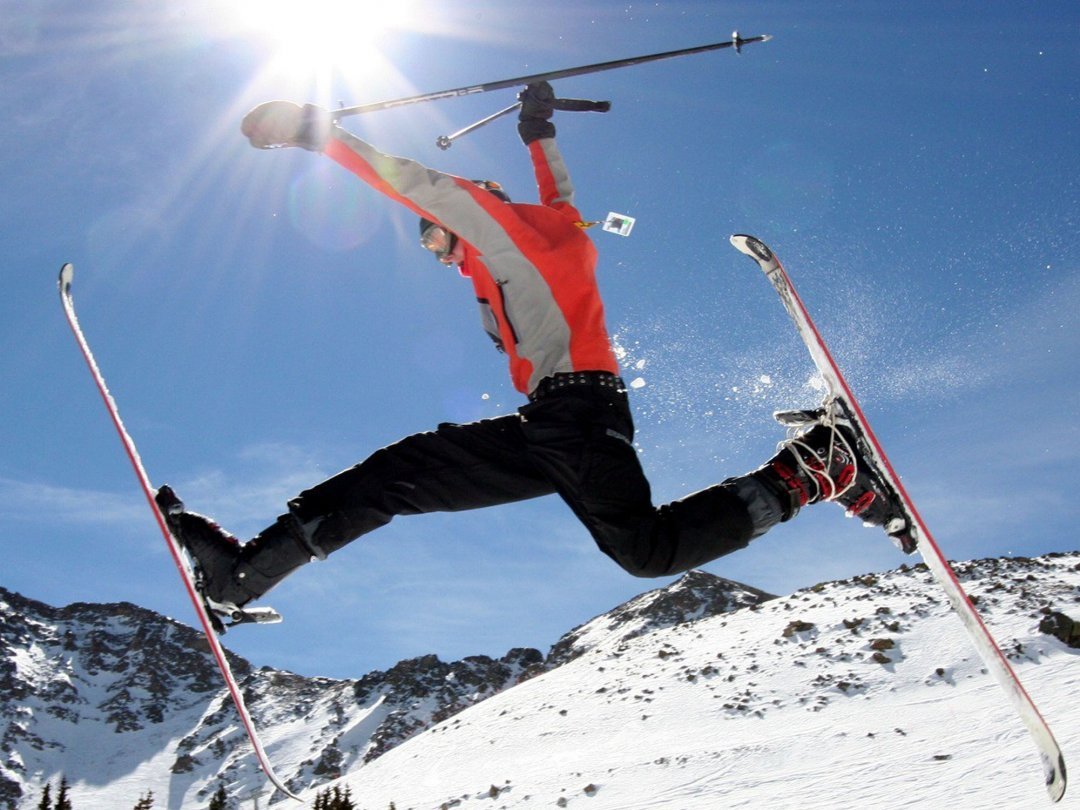
Snow Injuries – Skiing and snowboarding.
Here in Andalucia we’ve just had Semana Blanca where traditionally everyone goes to the Sierra Nevadas (and from what I’ve heard the snow was good!). But sadly this means a little flurry of phone calls to me!
Knee
Particularly the ligaments. When we fall and twist, when our skis or board go one way and we go the other – it’s the knees that take the damage and sometime the ligaments can get stretched.
Symptoms
- you might hear a “pop” as you fall
- Swelling of the knee
- Sudden instability or feeling that the knee “gives way”
What to do
- it is difficult to see on an MRI how badly damaged the ligaments are, so a proper physical, clinical assessment is critical.
- If it’s ripped / torn than surgery is the only option, for every other kind of ligament injury avoid surgery!
- You need to bring the swelling down – ice packs will help
- Take the pressure off, so crutches for a few days
- And then Magnetic Resonance Therapy can help to strengthen and regenerate the ligaments (ligament injuries take 6 – 12 months to heal) and a correctly fitted support.
Arms, wrists and shoulders . . . and neck
When we fall we put our arms out to save us. This can cause sprains, dislocations and impact injuries to the hand, wrist, elbow, shoulder and the neck.
Why have I included the neck in this? Landing hard with your arms outstretched can give your neck the same whiplash injury that occurs in car accidents.
What to do
- Get a full physical assessment of the whole arm and neck – not just an X-ray of the bit that hurts!
- Wear a sling or brace if you need to
- Avoid cortisone injections.
- Use Magnetic Resonance Therapy to strengthen damaged ligaments and joints.
Prevention is better than cure!
- Get fit and exercise – follow my 15 minute ski fit routine.
- Get your boots properly fitted and use insoles so you are as balanced and stable as possible.

Leave a Reply